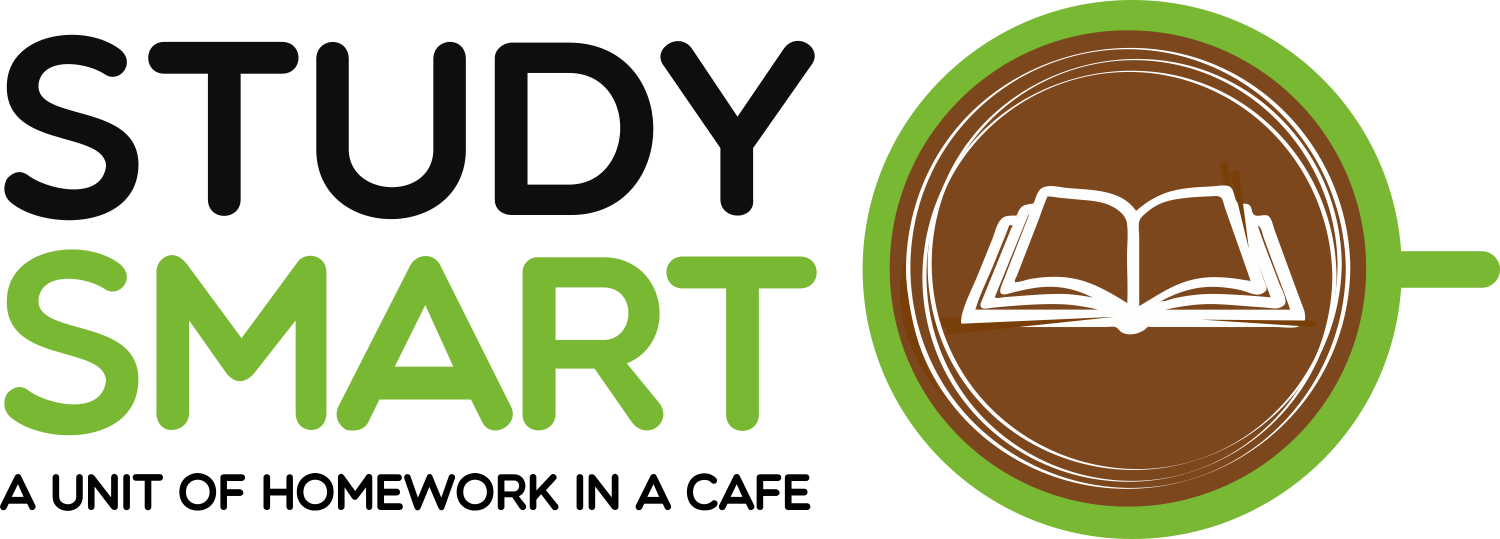“My son can’t handle change.”
“My child is too stubborn.”
“My daughter can’t see things from other people’s perspectives.”
Flexible thinking, adapting to change, and tolerating disappointment are important skills for everyone, but they are especially important for teens with unique learning needs. Without these skills, teens may struggle at home, school, and in their social lives.
To be successful learners, we need to be able to think flexibly. This means being able to see things from different angles, come up with new ideas, and solve problems in creative ways. It also means being able to adapt to change and learn from our mistakes.
Why is flexibility important?
There are many benefits to being flexible. Flexible people are better at coping with unexpected changes, adapting to new information, and responding to stress. They are also more creative and have better reading abilities.
On the other hand, people who struggle with flexibility are more likely to:
- Get frustrated when minor things happen
- Repeat the same mistakes
- Have difficulty adapting to changes in schedules or switching between activities
- Argue the same point over and over again
- Have tantrums or meltdowns when rules or circumstances change
Parents and teachers of teens with inflexible thinking often encounter these problem behaviors.
Why is cognitive flexibility a key concept for learning?
Cognitive flexibility is the ability to switch thinking gears and adapt to new situations. It is important for learning because children need to be able to:
- Switch between subjects
- Change their approach to a problem if it’s not working
- Unlearn incorrect information and learn new information
- Adapt to new learning situations
Here are some examples of how children use cognitive flexibility for learning:
- A child is learning to tie their shoelaces. They try one method, but it doesn’t work. They need to be able to switch gears and try a different method.
- A child is reading a story. One character has a different perspective from the child. The child needs to be able to understand the character’s perspective, even though it is different from their own.
- A child is writing a story. They need to be able to keep the main idea in mind while adding supporting details. They also need to check their grammar and spelling.
- A child is learning a new language. They need to be able to learn the rules of the language, but they also need to be able to understand that there are exceptions to the rules.
- A child is solving a math word problem. They need to be able to understand the problem and come up with a solution. They may also need to adapt their solution if they find that it is not working.
How can we help our children develop flexibility?
- Encourage them to try new things and to step outside of their comfort zone. Routines are important for children, but it’s also important to teach them how to be flexible. One way to do this is to change up their routines from time to time. For example, you could have your child take a bath in the morning instead of at night, or read after dinner instead of before. These small changes can help them learn that it’s okay for things to be different sometimes and that they can still adjust and have a good time.
- Help them to develop problem-solving skills. This will help them to come up with different solutions to problems and to think outside the box. Try finding objects around the house and see how many different ways you can use them. For example, you could use a blanket to keep you warm, build a fort, or have a picnic. You can also practice flexible thinking while you are doing other activities, such as cooking, cleaning, or going for a walk. For example, if you are cooking dinner, ask your child to think of different ways to use the ingredients. Or, if you are cleaning the house, ask them to think of different ways to use the cleaning supplies
- Model flexible thinking yourself. Show them how you adapt to change and deal with unexpected situations. For example, if you were planning to go to the store but it closed early, you might calmly say “It’s frustrating that the store is closed, but we’ll try again in the morning.” Take the time to say these comments out loud; your child can learn a lot by hearing your own self-talk.
- Just like you praise your child for completing his chores, praise them for being flexible. When you see your child finding new ways to solve a problem or seeing something in a new way, be specific and tell them how proud you are of them. For example, you could say, “I’m proud of you for finding a new way to solve that problem with your friend” or “I’m proud of you for being flexible with the change in our schedule today.” This positive reinforcement will help to strengthen your child’s flexible thinking skills.
Different children and teens struggle with flexibility in different ways. Some may be able to come up with new ways to solve a problem, but they may have difficulty adjusting to unexpected changes in their routine. Others may be able to “go with the flow,” but they may have trouble thinking outside the box.
The best way to teach flexibility skills is to tailor your approach to your child’s or student’s individual needs. Some learners may be able to jump right into one of the strategies you mentioned above. Others may need to break down the skills into smaller steps. Start by practicing simpler scenarios and then gradually move on to more difficult or challenging ones.
In Homework in a Cafe we are ready to support you and your child to overcome any struggle you or your child might be facing! Contact us now.
Do you follow us on Social Media? 


